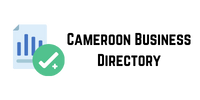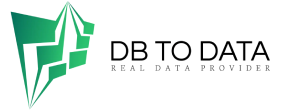The tactics we’re going to talk about now can help you better define the purpose of your content pieces and work in a more audience-focused way.
User stories
On another occasion we talked about the usefulness of user stories to define the internal objective of each piece.
But user stories also work very well to define the result we hope to produce in the recipient of the content.
Let’s go back to Mario’s case. Here’s how he could have defined his article on milk foam:
“As a passionate coffee drinker, I want to read an article on how to make milk foam so I can learn how to make a great latte at home.”
If Mario had done this exercise and stuck it on a post-it note mobile phone number data on his desk, computer, or maybe next to the coffee maker, he probably would have written his article more focused on the needs of his audience.
A sentence, a paragraph
“ One sentence, one paragraph, one page” in Ryan Holiday’s book Perennial Seller: The Art of Making and Marketing Work that Lasts .
Basically, it’s about asking yourself where you want to go with a piece of content and gradually developing the idea.
The essence of the content is first distilled into a single sentence, then developed into a paragraph, and finally into a page. This last step is more appropriate for long-form implement solutions to address pain points content such as an ebook or a study.
Put the website or the beta version
of your app or your manuscript aside and grab a piece of paper or open a blank Word document. Then, with fresh eyes, attempt to write out exactly a technique twd directory what your project is supposed to be and to do in . . .One sentence. One paragraph. One page.”
If you look closely, it looks a lot like a user story. But Ryan recommends writing in the third person to distance yourself from the project, which helps you be more objective and focus more on facts than beliefs.

